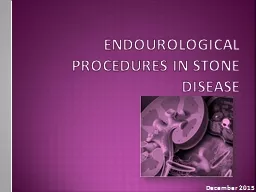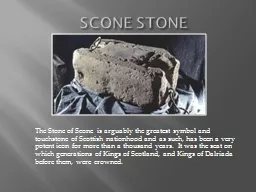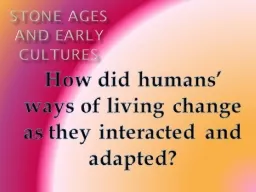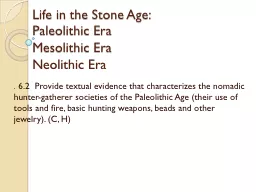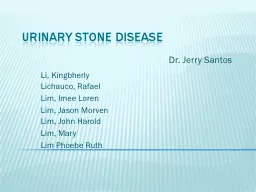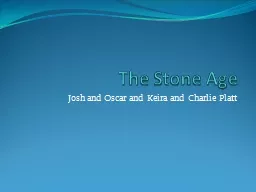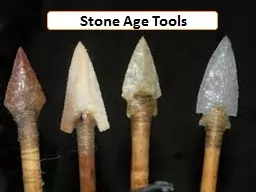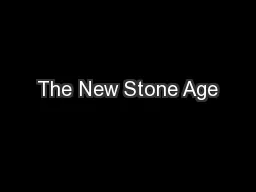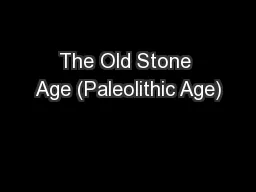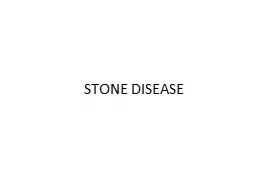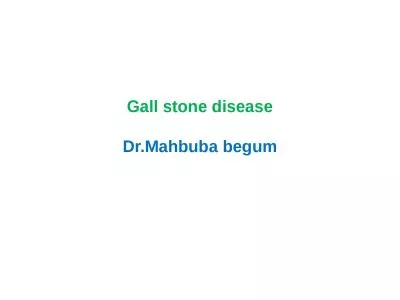PPT-Endourological procedures in stone disease
Author : BookWorm | Published Date : 2022-08-03
December 2015 Urolithiasis iNTRODUCTION Urolithiasis A problem that has confronted clinicians since the time of Hippocrates amp many family physicians
Presentation Embed Code
Download Presentation
Download Presentation The PPT/PDF document "Endourological procedures in stone dise..." is the property of its rightful owner. Permission is granted to download and print the materials on this website for personal, non-commercial use only, and to display it on your personal computer provided you do not modify the materials and that you retain all copyright notices contained in the materials. By downloading content from our website, you accept the terms of this agreement.
Endourological procedures in stone disease: Transcript
Download Rules Of Document
"Endourological procedures in stone disease"The content belongs to its owner. You may download and print it for personal use, without modification, and keep all copyright notices. By downloading, you agree to these terms.
Related Documents

